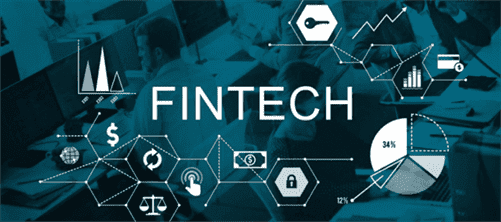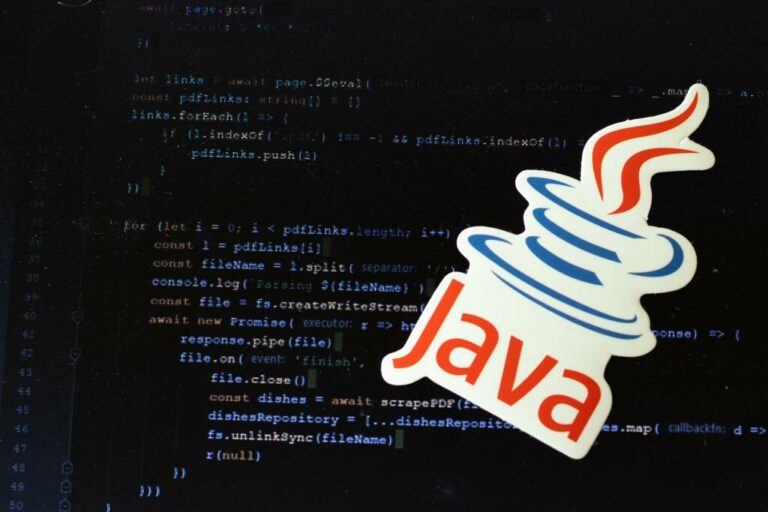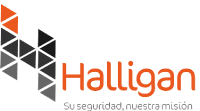Each software program growth life cycle model begins with the evaluation, during which the stakeholders of the method talk about the requirements for the final product. The aim of this stage is the detailed definition of the system requirements. Besides, it is essential to ensure that all the process individuals clearly perceive the tasks https://www.globalcloudteam.com/ and how specialists will implement every requirement. Often, the discussion includes the QA specialists who can interrupt the process with the adjustments even in the course of the development stage whether it is needed. Also, a project supervisor defines the technologies used in the project, group load, limitations, time frames, and budget.

A full consumer interface design with the system structure is outlined at this stage. A couple of paperwork are additionally produced to assist the engineers perceive the end-to-end expected output. The Waterfall model is among the oldest SDLC fashions, known for its fundamental and classical structure. Each part must be completed earlier than moving onto the next, which prohibits overlapping.
How To Choose The Sdlc Model
The project manager decides how their group will obtain the project objectives. In this part, the project temporary is created, and it is decided what must be done to efficiently complete the project. It’s already been discussed that regardless of all benefits an Agile method has, intensive documentation isn’t amongst its strengths. If a shopper requires detailed documentation, it’s better to go for heavyweight techniques like Waterfall, V-shaped, or Iterative methodologies. When the timeframes are limited to quick, Agile is the correct reply. Due to the potential for amending changes anytime and dealing simultaneously on many options, it significantly reduces the timeframes.
That’s why heavyweight methodologies typically face unexpectedly increased time frames when one subtle change in the scope leads to the cascade of modifications and ruins all plans. Such a software program growth method is appropriate for smaller tasks with fewer necessities. Systems engineering duties are often concentrated firstly of the life cycle; however, each industrial and authorities organizations recognize the need for SE throughout the system’s life cycle. Often this ongoing effort is to change or change a system, product or service after it enters production or is placed in operation. All these activities are important to ongoing assist of the system.
Nowadays, the world is shifting in direction of flexibility as a substitute of excessive regularity and orderliness. Still, agile approaches completely mix responsiveness and well-organized project management. Extreme programming incorporates strategies concentrating on particularly the technical facet of the software program growth course of. They embrace steady integration, pair programming, test-driven development, and so forth.
Historical Past Of Product Lifecycle Management
The product lifecycle is managed by ensuring communication can occur across departments. The improvement departments should keep in touch with manufacturing and sales departments to verify adequate sources are met. In a similar method, the manufacturing and gross sales departments should transmit data upstream to allow for future improvement and enchancment of merchandise based mostly on consumer suggestions.
Apart from the builders, PM performs an important function by controlling that the documentation, system design, and different components fall underneath the relevant requirements. He can be answerable for managing groups and consistent product delivery. So, to conclude, the deliverables of the system design stage embrace system and database structure lifecycle model, wireframes and mockups of the app’s screens, and so on. Each time a system component is created, it ought to be documented without delay. By the greatest way, the frequency of communication between the programmers and other details associated to the collaboration within a group are additionally outlined by the SDLC mannequin.
The assist stage includes providing ongoing help to prospects after they have bought the product. This may also relate to ongoing trainings or services offered to new homeowners to better enhance their user experience (i.e. tutorials on how to use their new technology). This stage involves selling and promoting the product to prospects. This consists of advertising, gross sales promotions, and pricing strategies. In many cases, the sales stage and production stage happen concurrently as an organization must attempt to forecast how many gross sales will occur (and thus need to be manufactured).

They are divided into teams in accordance with some components, and each approach has its strengths and weaknesses. The planning phase sometimes contains duties like cost-benefit analysis, scheduling, useful resource estimation, and allocation. The development staff collects necessities from a number of stakeholders similar to prospects, inside and external specialists, and managers to create a software requirement specification document.
Spiral Improvement
Requirement gathering and evaluation are essential for a software program life cycle. There are many individuals collaborating in this stage and plenty of processes going on. In quick, specialists try to take a look at the project from the enterprise perspective and perceive whether or not it’s definitely worth the investment. The spiral mannequin combines the iterative mannequin’s small repeated cycles with the waterfall model’s linear sequential flow to prioritize danger analysis.
Specialists who work actively at this phase are software program engineers, system architects, database specialists, designers. And of course, BA, PM, and tech leads remain a permanent a half of the software program improvement process. In conventional software program development, safety testing was a separate process from the software development lifecycle (SDLC).

They actively communicate with a consumer, conduct meetings, and ask questions. The goal is to receive a exact application’s idea, document it, and current it to the group to depend on through the additional stages. It’s straightforward to identify and manage risks, as necessities can change between iterations. However, repeated cycles might result in scope change and underestimation of resources. The waterfall mannequin arranges all the phases sequentially so that each new part is dependent upon the outcome of the previous phase. Conceptually, the design flows from one part all the method down to the subsequent, like that of a waterfall.
To summarize, verification accounts for aligning features with the technical necessities based on the enterprise necessities. For instance, an adaptive method considers various customer necessities, corresponding to the need of fixed utility modifications. Predictive SDLC fashions, in flip, are solely rising in complexity with the emergence of unplanned modifications.
Each stage within the SDLC has its personal set of actions that need to be carried out by the group members involved within the improvement project. While the method timeline will differ from project to project, the SDLC typically follows the seven levels outlined below. There are seven phases in the SDLC and 6 widespread fashions that are used for various initiatives. In this guide, we’ll undergo each stage and model to offer you an outline of what turning into a software developer entails. Learn what the seven stages of SDLC are and the way they assist developers convey new software program products to life.
- Because many teams instantly take a look at the code they write, the testing section usually runs parallel to the development part.
- The main distinction with the iterative strategy is that this amount of labor just isn’t strict and may be changed in the midst of the method.
- Also, a project manager defines the technologies used in the project, team load, limitations, time frames, and finances.
- After 5 years into the ten-year project investors were informed the project was greater than 50 percent complete when in reality only 10 percent of the work was complete.
- Product lifecycle management strives to improve product quality and reliability.
The group continuously identifies technical and practical enhancements to improve the product. Baselines[clarification needed] are established after 4 of the five phases of the SDLC, and are important to the iterative nature of the model.[21] Baselines turn out to be milestones. To manage and management a considerable SDLC initiative, a work breakdown construction (WBS) captures and schedules the work.
Phases
Though extra specific stages have been mentioned earlier, the four broader phases of product life cycle are introduction, growth, maturity, and decline. This covers when a product is created, dropped at market, saturates the market, and now not serves a objective out there. Strives in expertise also create alternatives for better communication.

